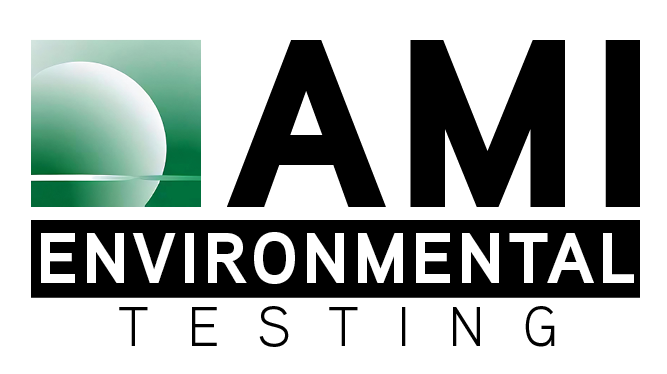Hospital Surfaces That Fight Bacteria
Bacteria and viruses have ruled our lives lately.First there was the Ebola epidemic.Then came the measles outbreak.Most recently, we’ve seen an escalating number of deadly hospital-acquired infections among patients exposed to CRE (carbapenem-resistant Enterobacteriaceae)...



